| IN A NUTSHELL |
|
The development of the SR-72 hypersonic jet represents a groundbreaking leap in aviation technology, poised to redefine the landscape of military operations. As Lockheed Martin’s latest endeavor, this aircraft is expected to surpass the legendary SR-71 Blackbird, offering speeds exceeding Mach 5. This incredible velocity, coupled with advanced technological features, positions the SR-72 as a pivotal asset for intelligence, surveillance, and reconnaissance missions. As the debut of this formidable jet approaches, the world watches with bated breath, anticipating its impact on global military strategy. What follows is a detailed exploration of the SR-72’s capabilities, technological innovations, and the challenges faced in its development.
The Secretive SR-72 Project
Known as the “Son of Blackbird,” the SR-72 is a testament to Lockheed Martin’s innovative prowess, developed by their renowned Skunk Works division. This project is shrouded in secrecy, yet its implications are far-reaching. The SR-72 is designed to reach an astounding speed of over Mach 5, equivalent to about 4,000 mph, positioning it far beyond the reach of traditional air defenses. This speed allows the SR-72 to conduct missions in highly contested environments where other aircraft would face severe risks.
Unlike its predecessor, the SR-72 will operate without a pilot, marking a significant shift towards autonomous military technologies. This unmanned capability enables the aircraft to perform high-risk missions without endangering human life. Moreover, the SR-72 is expected to serve as a launch platform for hypersonic weapons, enhancing its strategic value. By leveraging the operational legacy of the SR-71, the SR-72 aims to deliver a new level of speed and survivability, utilizing a fundamentally different propulsion system.
Revolutionary Hypersonic Speed
The SR-72’s hypersonic speed offers unprecedented strategic advantages, allowing rapid global reach. With the ability to travel from the United States to Europe or Asia in roughly 90 minutes, the SR-72 provides swift intelligence and strike capabilities. This rapid mobility is crucial in modern warfare, where speed and precision are paramount. However, achieving such capabilities is fraught with challenges, both technical and financial.
While preliminary discussions have taken place with U.S. government stakeholders, securing full funding for a demonstrator airframe and engine development remains a hurdle. The timeline for the SR-72’s deployment aims for alignment with the USAF’s hypersonic roadmap, suggesting a potential in-service date by 2030. Yet, this timeline is contingent upon overcoming significant technical barriers, including propulsion, thermal management, and materials challenges. The SR-72’s design is intended to counter advanced air defense systems by reducing exposure time, marking a transformative milestone in aerial reconnaissance and strike capabilities.
Innovative Propulsion Technology
The heart of the SR-72’s capabilities lies in its revolutionary propulsion system. Utilizing a turbine-based combined cycle (TBCC) propulsion system, the SR-72 merges a traditional turbofan engine with a scramjet. This dual-mode propulsion is essential, as no single engine is capable of efficiently operating across the entire subsonic-to-hypersonic flight spectrum. During subsonic phases, such as takeoff and landing, the turbofan is employed, while the scramjet powers the aircraft to speeds above Mach 5.
This advanced propulsion technology is not just a performance boost but a necessity for the SR-72 to meet its operational goals. By integrating next-generation propulsion and uncrewed systems, the SR-72 is poised to redefine American power projection in denied-access environments. The TBCC configuration is central to the SR-72’s mission success, enabling it to execute operations with unparalleled speed and efficiency.
Future Implications and Challenges
The successful deployment of the SR-72 could significantly alter military aviation, offering unmatched speed and strategic reach. However, the program faces several obstacles, including securing adequate funding and addressing the inherent technical challenges of hypersonic flight. The SR-72’s development aligns with the USAF’s long-term goals for hypersonic capabilities, but the path to operational readiness is complex and demanding.
As the SR-72 moves forward, overcoming propulsion, thermal management, and materials challenges will be key to achieving sustained hypersonic flight. The aircraft’s potential to operate at speeds and altitudes beyond interception range could revolutionize aerial reconnaissance and strike capabilities, providing a strategic edge in contested environments. As anticipation builds for the SR-72’s debut, one question lingers: Will the United States successfully navigate the challenges to harness the full potential of this revolutionary aircraft?
Did you like it? 4.5/5 (22)
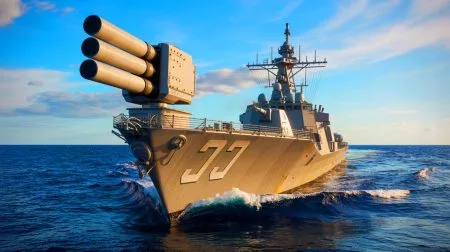
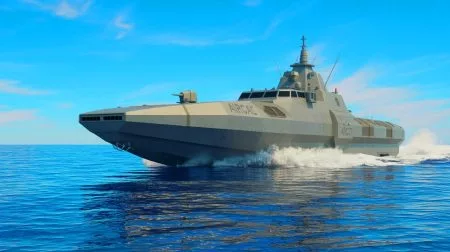
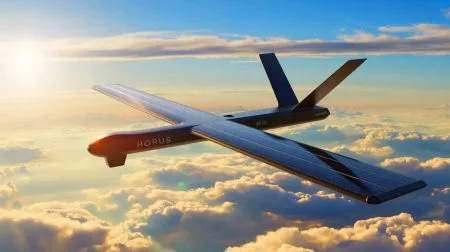

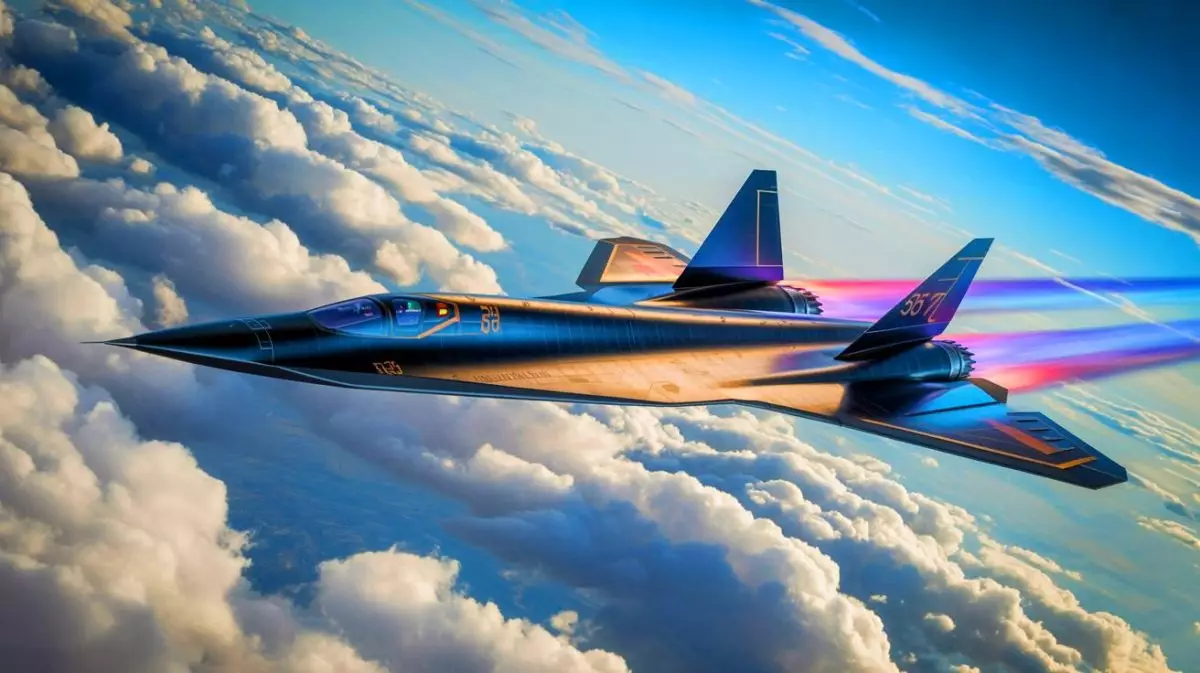
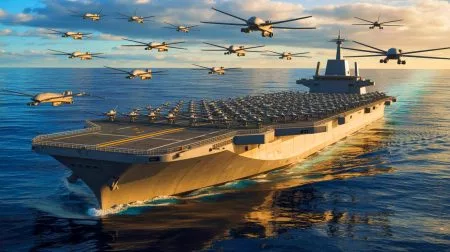
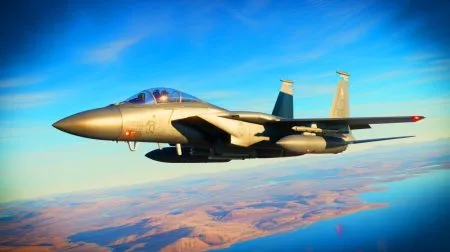
Wow, the SR-72 sounds like something out of a sci-fi movie! 🚀
How does a scramjet work, and why is it important for the SR-72?
Is this just a PR stunt by Lockheed Martin, or is the SR-72 really going to fly by 2025?
What makes the SR-72 different from the SR-71? 🤔
This is going to cost a fortune! How will they fund it?